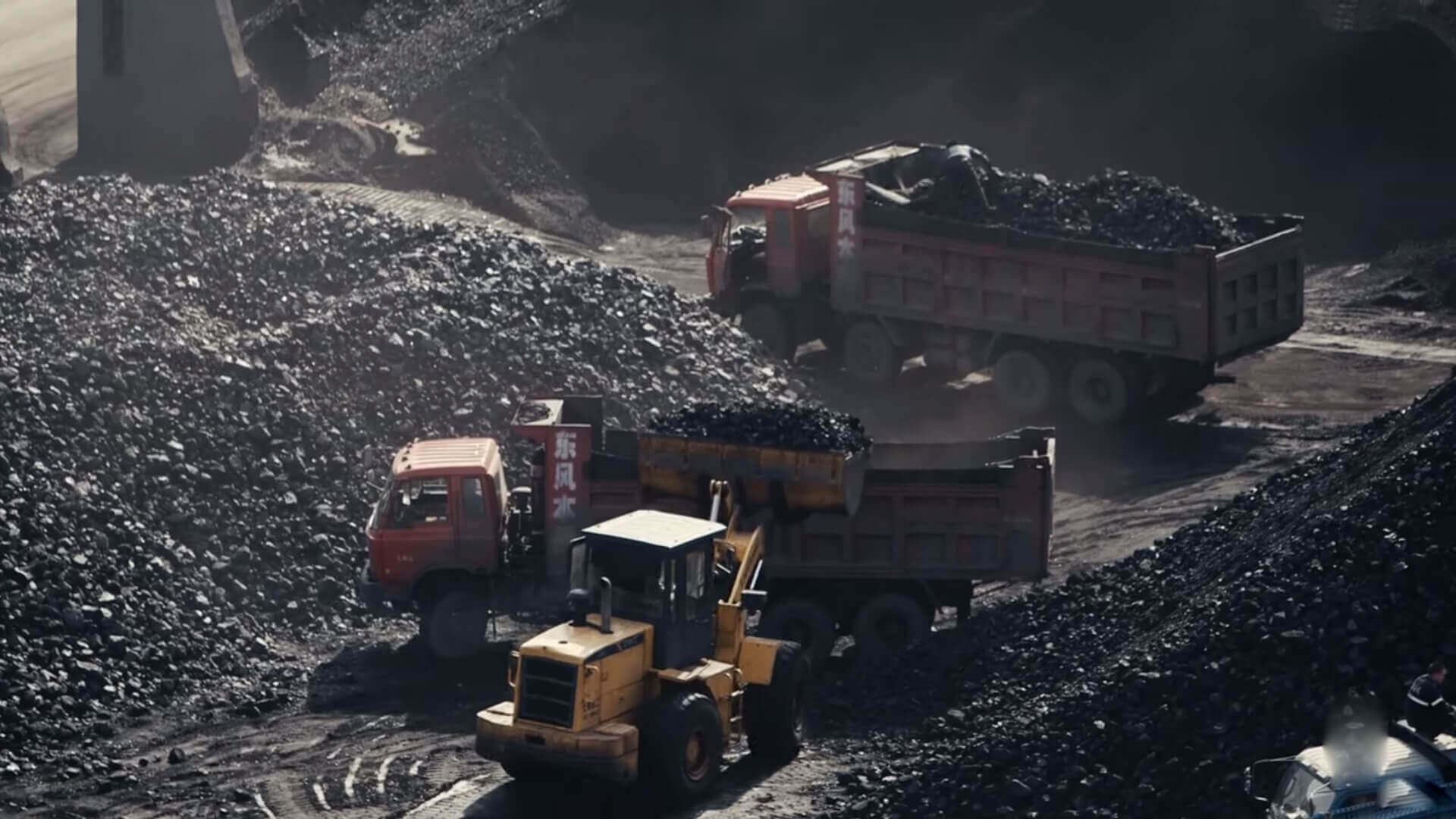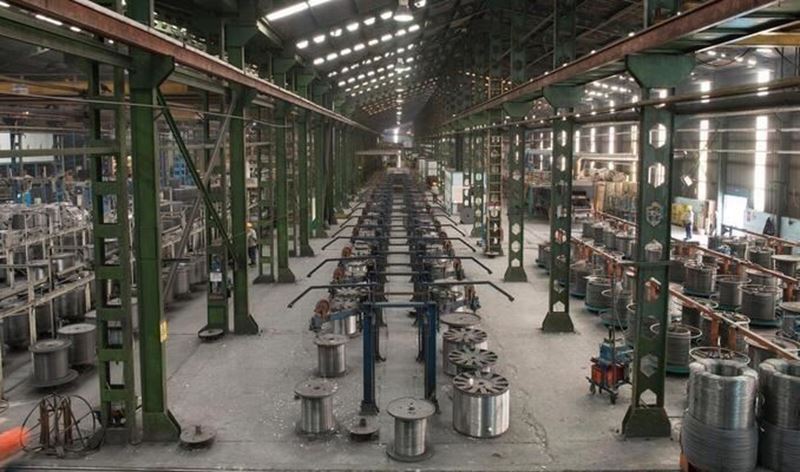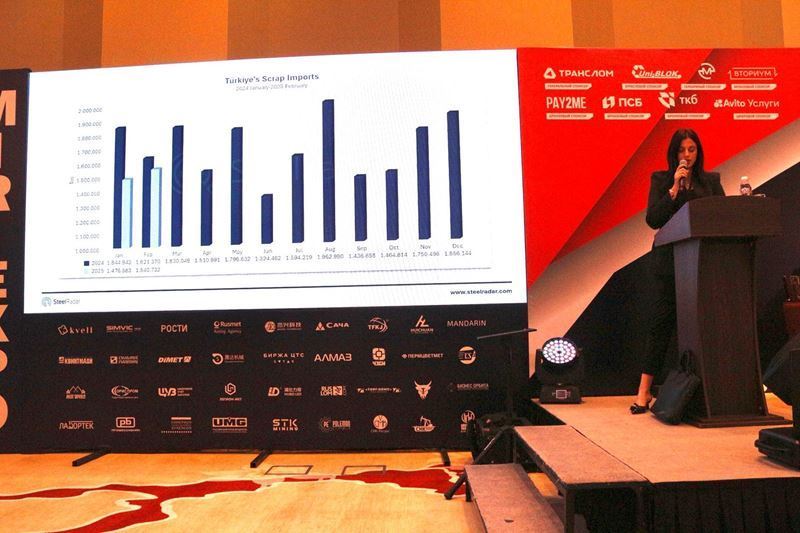These mines, comprising eight thermal coal and five coking coal mines, are situated across states like Madhya Pradesh, West Bengal, Maharashtra, Chhattisgarh, and Jharkhand.
Madhya Pradesh holds the majority with four thermal coal and one coking coal mine, boasting reserves of 1.30 billion metric tons. The remaining states each have one thermal coal mine, while Jharkhand leads in coking coal mines with reserves totaling 756.71 million metric tons.
Since the inception of commercial coal mines in 2020, a total of 104 mines have been auctioned, with a combined production capacity of 226 million metric tons per year. This move is expected to significantly enhance domestic coal production, aiming for self-sufficiency in coal production.
Under commercial mining, producers have the liberty to sell coal to any buyer without price restrictions, although they are required to share a portion of revenue with their respective state governments. Currently, there are no specific eligibility criteria for participation in coal mine auctions.
In the April-February period of the fiscal year 2023-24, coal production from captive and commercial mines surged by 27.06% year-on-year to 126.8 million metric tons. Similarly, coal dispatch from these mines rose by 29.14% year-on-year to 128.88 million metric tons during the same period.
Despite the government's efforts to bolster energy security through increased mine auctions, operational challenges persist, including delays in clearances and foreign funding difficulties. Additionally, despite rising domestic production, the gap between output and demand remains, necessitating continued coal imports.
India has set ambitious production targets, aiming for 186.63 million metric tons from commercial and captive coal mines in the upcoming fiscal year, with a further goal to reach 383.56 million metric tons by fiscal year 2030.











Comments
No comment yet.